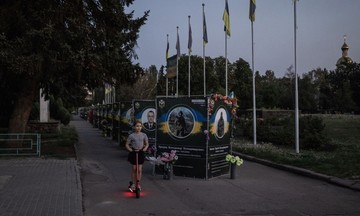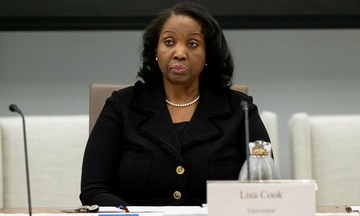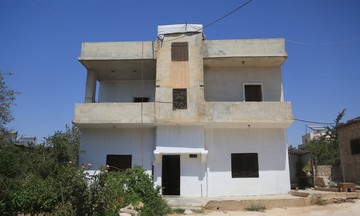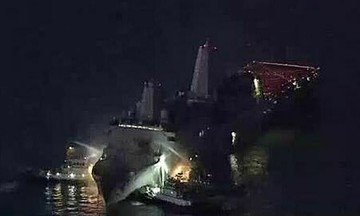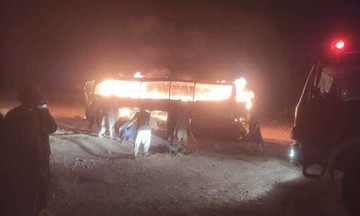The Historic Core, located in the heart of Los Angeles, California, was once the city's most vibrant shopping and entertainment district. In the early 20th century, it housed numerous commercial centers, high-rise buildings, movie theaters, and playhouses.
However, this area, once considered the epitome of Los Angeles' golden age, is now deteriorating and becoming increasingly deserted. The Art Deco buildings and opulent movie theaters remain, but surrounding businesses stand empty, their windows shattered. Homeless individuals are everywhere, and addicts wander the sidewalks, openly using drugs in broad daylight.
The NY Post estimates that over 100 storefronts in the Historic Core are currently vacant. According to research firm Avison Young, about 33% of the commercial space in this neighborhood is unoccupied.
 |
A homeless person sleeps at the entrance of a closed store in downtown Los Angeles. Photo: NYP |
A homeless person sleeps at the entrance of a closed store in downtown Los Angeles. Photo: NYP
Even the most resilient businesses have been forced out of the core due to crime, record-high rents, and declining foot traffic.
"Many long-standing independent restaurants are struggling with these impacts and have closed, and the remaining ones are barely surviving," Cole’s French Dip, Los Angeles' oldest restaurant, wrote in its closing announcement.
Not just small businesses, but restaurant chains and supermarkets are also closing locations in downtown Los Angeles at an alarming rate. Macy's, America's oldest department store chain, announced the closure of its Historic Core branch earlier this year, leaving the city center without a department store for the first time in 150 years.
Retailers such as Vans, Theory, Paul Smith, and Acne have also left the area. In 2022, Starbucks closed a branch in the core due to safety concerns. An Adidas store, looted during the summer riots, remains closed.
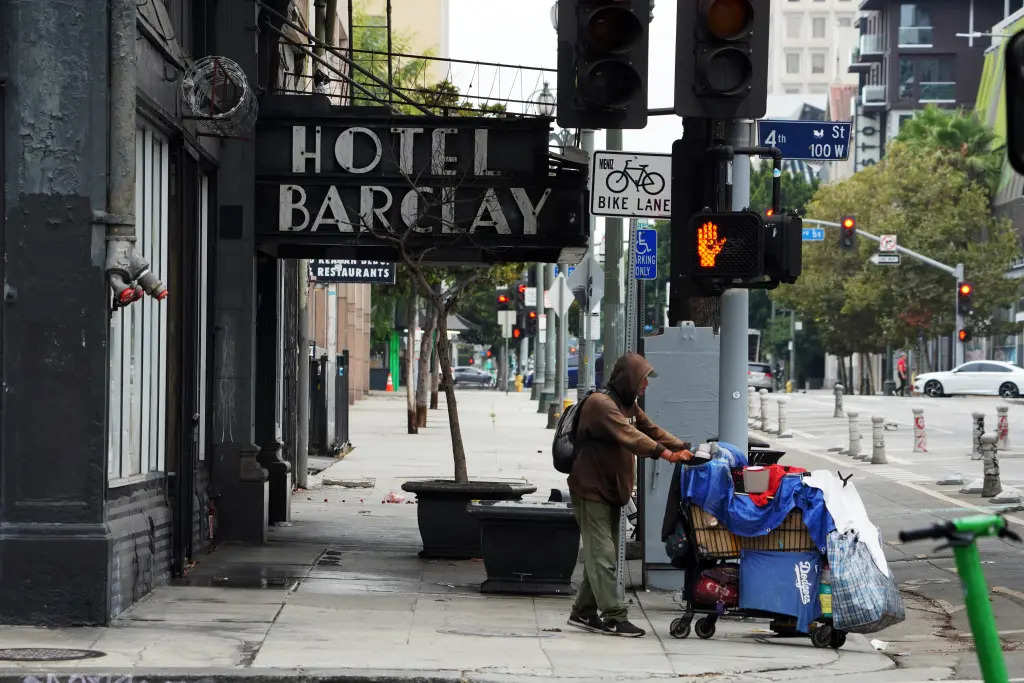 |
A homeless person pushes a cart outside the Barclay Hotel in downtown Los Angeles. Photo: NYP |
A homeless person pushes a cart outside the Barclay Hotel in downtown Los Angeles. Photo: NYP
According to local media, fewer shoppers visit downtown Los Angeles each month, while the number of homeless individuals from Skid Row continues to rise. Skid Row is a well-known homeless encampment in Los Angeles, where thousands live outdoors in tents.
"Now they're coming all the way to Spring Street," said a barber working in the Historic Core. He mentioned having to call the police the day before when a homeless person broke into his shop and refused to leave.
"Things are very different now. People used to party in the streets. Students from the universities would come here for haircuts and then go out," he added.
Before the pandemic, downtown Los Angeles experienced a period of unprecedented revival since the 1920s. "2015-2020 was the peak period. It was a time of reconstruction and dynamism in the Arts District as well as the Historic Core," said historian William Deverell.
But the Covid-19 pandemic dealt a heavy blow to the city center. In 2020, the area suffered further damage when looters ransacked dozens of stores and restaurants during the Black Lives Matter (BLM) protests. Many businesses never reopened or went bankrupt within a year.
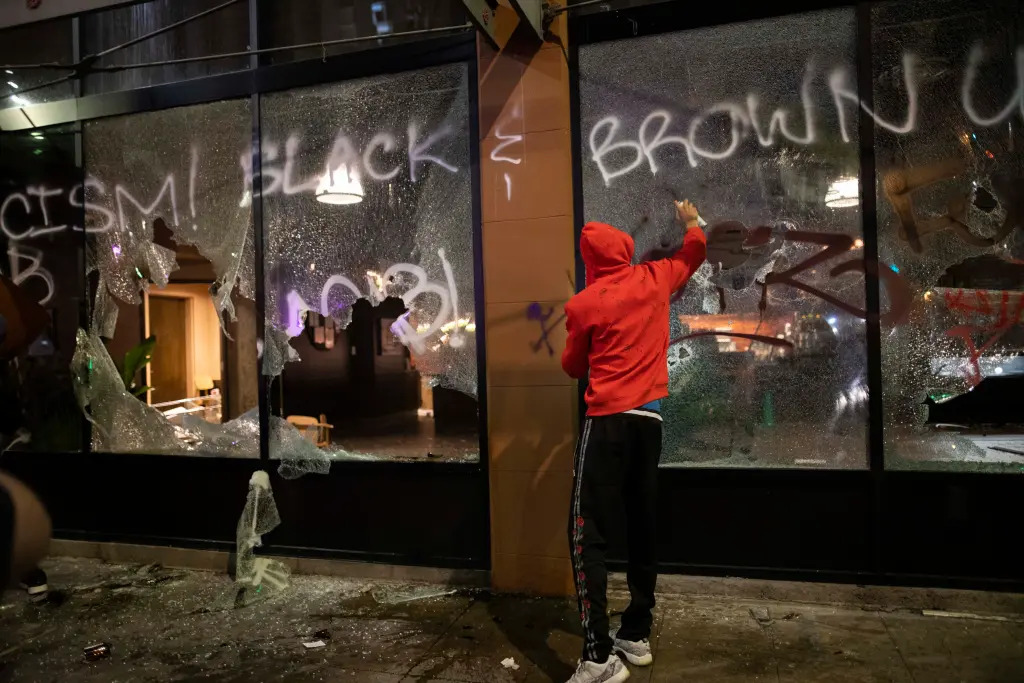 |
Looters ransack a Starbucks in downtown Los Angeles during the 2020 riots. Photo: AP |
Looters ransack a Starbucks in downtown Los Angeles during the 2020 riots. Photo: AP
Some of the area's most famous landmarks have become dilapidated and unsightly, including the abandoned former headquarters of the Los Angeles Times and the Morrison Hotel. Abandoned buildings like the Oceanwide Plaza tower have become havens for vagrants.
Locals complain about rampant crime. Benny, a jewelry store owner on Broadway, said that while crime across the city is generally down, downtown is an exception.
"Things here have changed 180 degrees," Benny said, adding that he has been held at gunpoint twice in recent years.
Duc Trung (According to NY Post, Washington Post)






